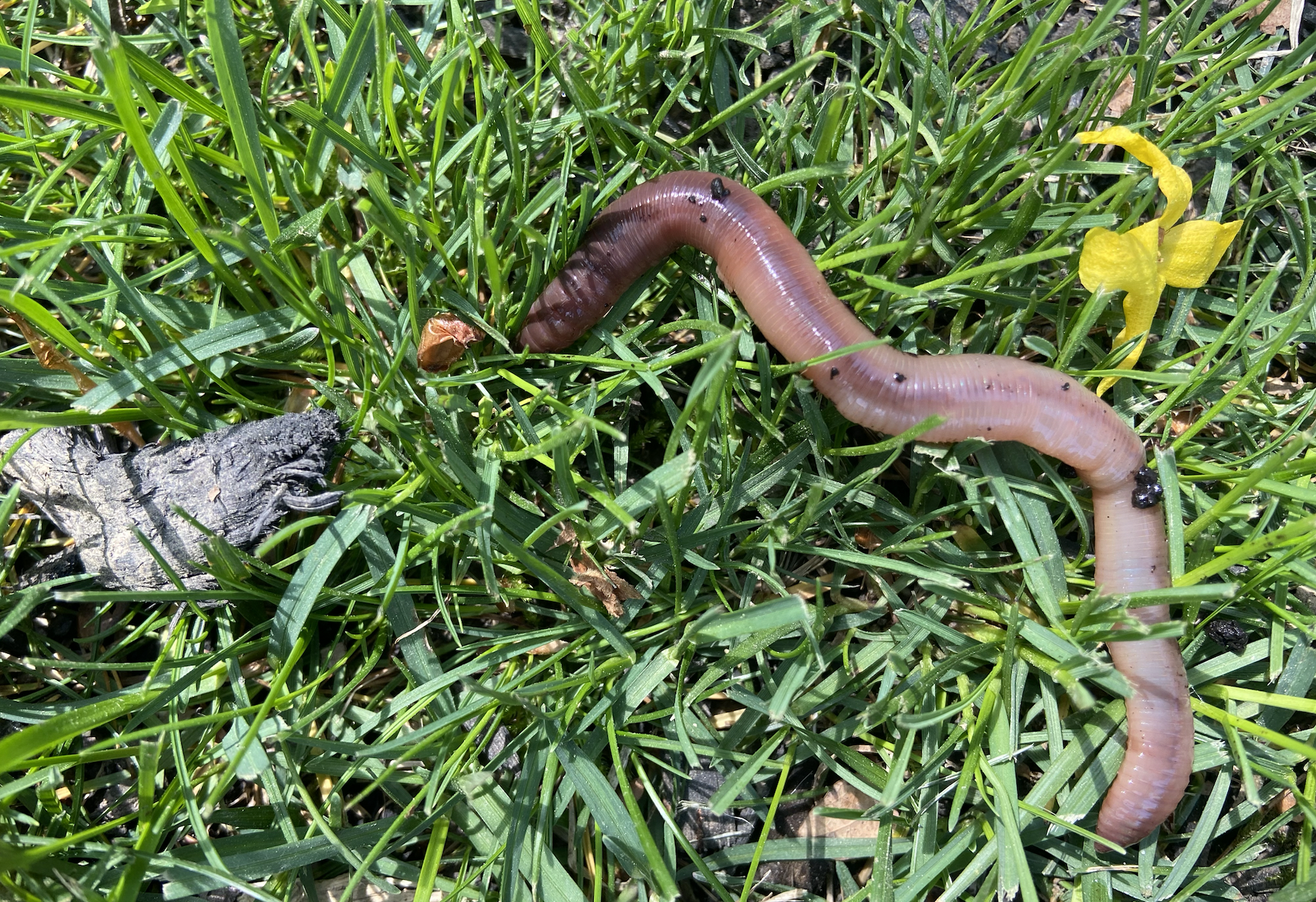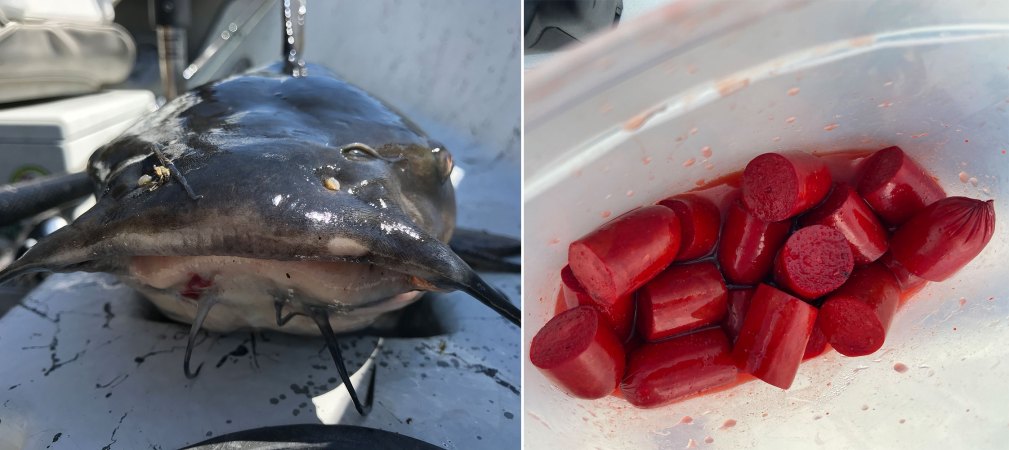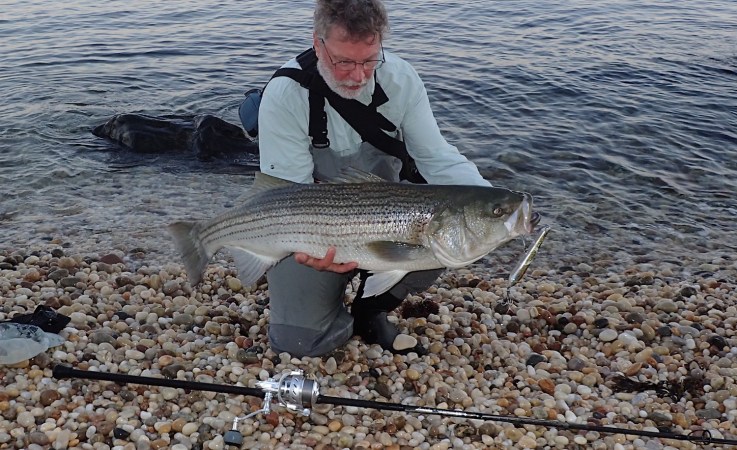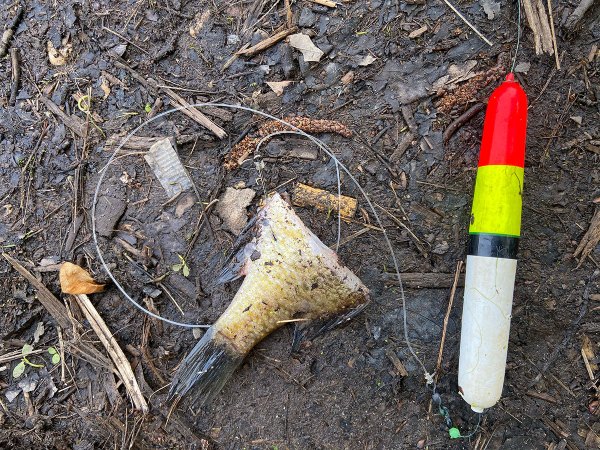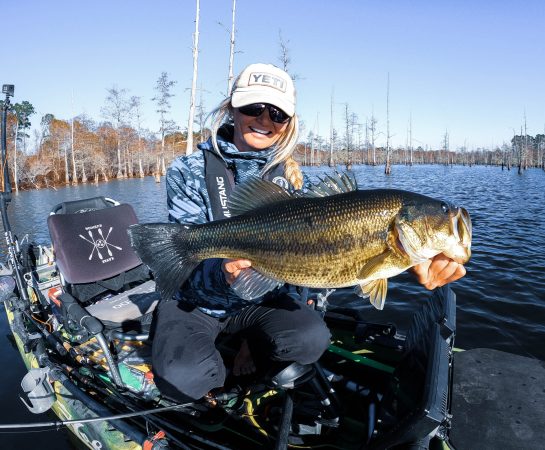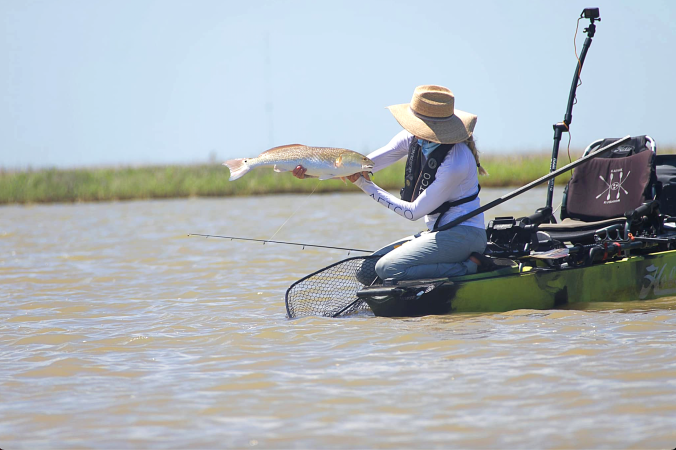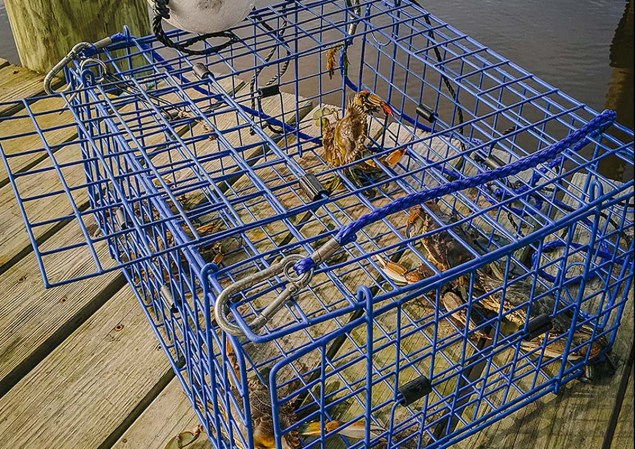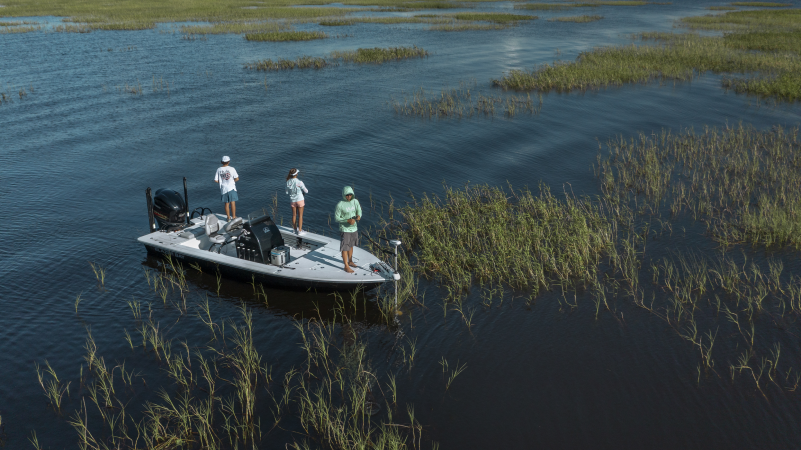It’s hard to make the argument that catching nightcrawlers for bait is going to save you tons of cash, unless, of course, you’re a walleye charter captain who buys them by the pound for a season’s worth of trolling worm harness rigs. But gathering your own bait is a lot of fun. Catching crayfish, as an example, is often as good a time as catching smallmouth with them, especially because I can get my kids splashing around in the creek to help fill my bait bucket faster.
Similar to fooling a fish on a fly you tied, catching a fish on bait you harvested is also just a little more gratifying. There’s no easier bait to harvest than earthworms. Here are three methods of how to catch nightcrawlers. Each method is fun for the whole family, and even if your youngsters aren’t that into fishing, I’ve never met a kid who doesn’t love a worm hunt.
How to Catch Nightcrawlers at Night
My kids love two things: anything that’s like a “treasure hunt” and getting filthy dirty. If I give them shovels and a couple empty containers, they’ll dig all the way to China in pursuit of worms. During the process, they’ll also make dirt castles and mud soup, and I’ll likely have to hose them down outside before permitting reentry into the home. But maybe that’s not your kid. Maybe your kid prefers to keep it clean. No worries. You can still have a blast gathering worms without them complaining about dirt under their fingernails. All you need is a flashlight and perhaps a tiny extension on bedtime.
Have you ever noticed worms in the gutter or all over your driveway after it rains? That happens because the worms’ burrows fill with water. It becomes more difficult for them to breathe because oxygen diffuses much slower in water than it does in the air. If the worms don’t come to the surface, they’ll drown. Of course, if your timing is good, there’s no easier way to secure a couple dozen crawlers than picking them off the concrete in broad daylight, but let’s assume there wasn’t a big rainstorm.
During the spring and summer, the air cools after dark. This rapid change in temperature creates condensation, which is why your lawn is often glistening with dew on spring and summer mornings. This overnight influx of moisture can be enough to have the same effect as rain, and nightcrawlers will often shoot up out of the ground a few hours after dark so they can absorb oxygen more efficiently. All you have to do is stroll your property with a flashlight, spot them, and fill your worm jar.
Hot tip: While worms are easier to spot on a freshly cut lawn, longer grass creates and holds more moisture, making for better worm hunting.
Make a Worm Farm
This method is all about how to catch nightcrawlers the easy way. Worms aren’t always underground. Take a walk through the woods and start flipping over rotten logs and you’ll likely find plenty of crawlers at surface level. If the soil under rocks and logs is cool and moist enough, worms don’t need to burrow. You can take advantage of this and create your own backyard worm paradise with a simple piece of cardboard.
It’s important to note that to make this personal worm hotel, you’re going to kill off a patch of grass the same size as the cardboard piece you use, so make sure you have a spot on your property where you can do this without issue. Once you’ve figured out the placement, the rest couldn’t be simpler. Put the cardboard on the ground, weigh it down with a couple rocks or bricks, and give it a spray with the hose. Don’t saturate the cardboard and turn it into pulp, just give it a misting. Now you wait.
During the next few days, if the cardboard gets dried out, mist it again. You want to make sure the ground under it is staying moist, however, natural moisture and condensation are often sufficient to hydrate the board. In about a week, you should be able to find your targets nestled happily under the cardboard. You can keep this worm hotel operational as long as you’d like by replacing the board and being diligent about its moisture level.
Rig a Worm Zapper
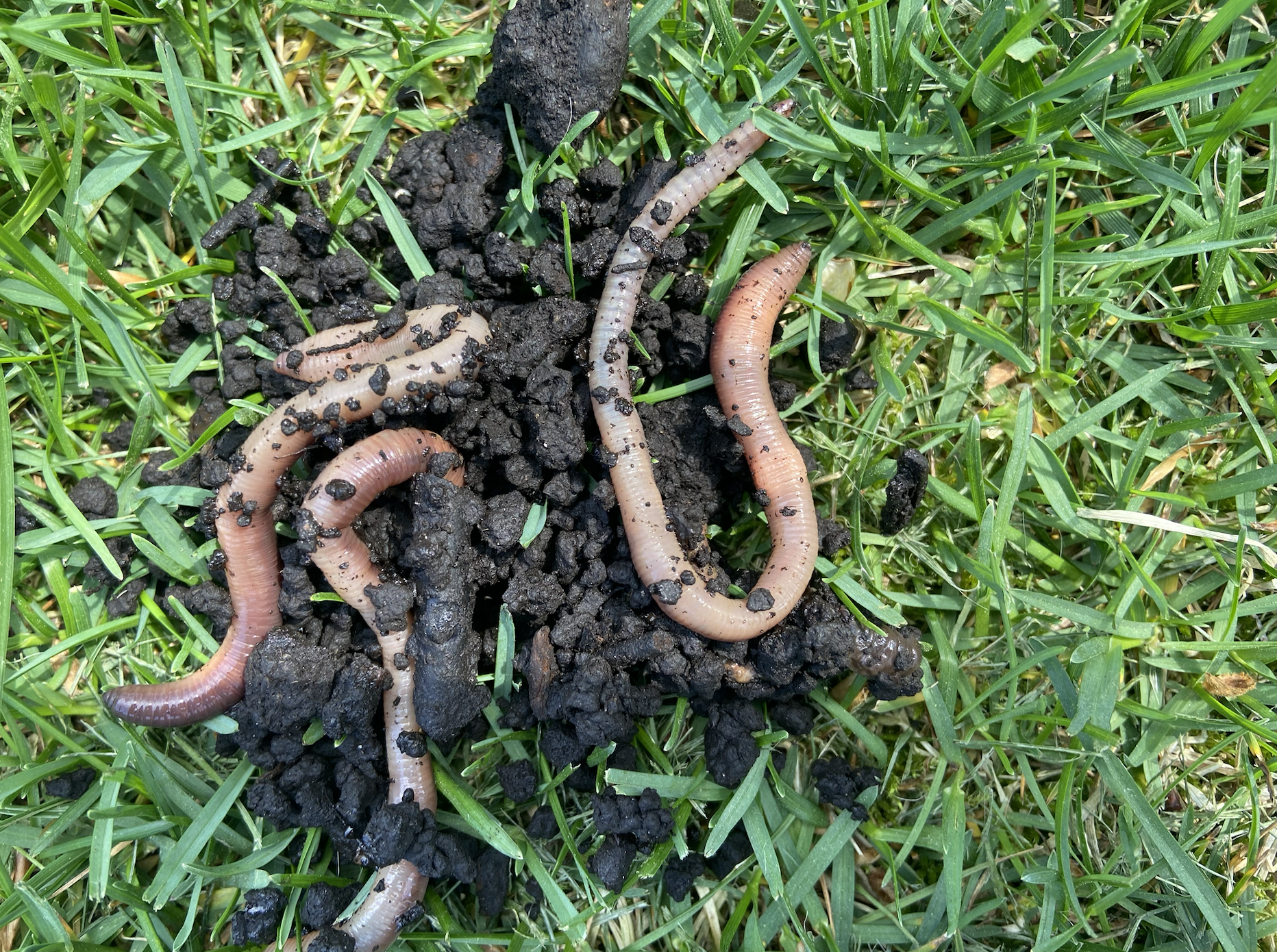
Warning: The following worm gathering method requires adult supervision. I’m not saying this is the safest way to get bait, but it works. How do I know? Because my frugal and MacGyver-like Italian grandfather used to do it all the time. He was an electrician by trade and could hot wire just about anything, including garden worms. Was I supervised during this process? I guess so if him saying, “don’t touch anything” once and paying me no mind after counts as supervision. This was the 80s, of course. We still had lawn darts. Those might be long gone, but you can still buy a car battery and turn it into a worm zapper.
READ NEXT: The Best Bait You Can Buy at the Dollar Store
My pop would solder wires to two foot-long metal rods, and then solder battery clips to the other ends. He’d jam the rods deep into the soft, moist dirt of his garden about two feet apart from each other, clip the wires to the terminals of an ancient car battery, and let the juice flow. Like every other living thing, worms aren’t fond of electrical current. It irritates them, and when they get buzzed, their instinct is to shoot to the surface. When it happens, it happens fast, too. It only took about 10 seconds of current to make every worm between those rods pop. Just make sure you disconnect the battery before picking them up. Eight-year-old me got yelled at plenty of times for going in for the grab before the circuit was broken.

